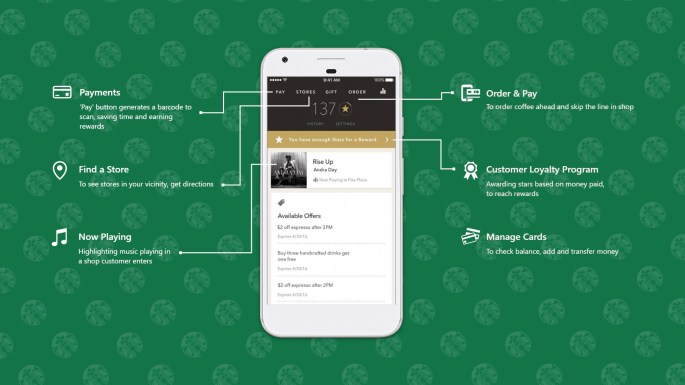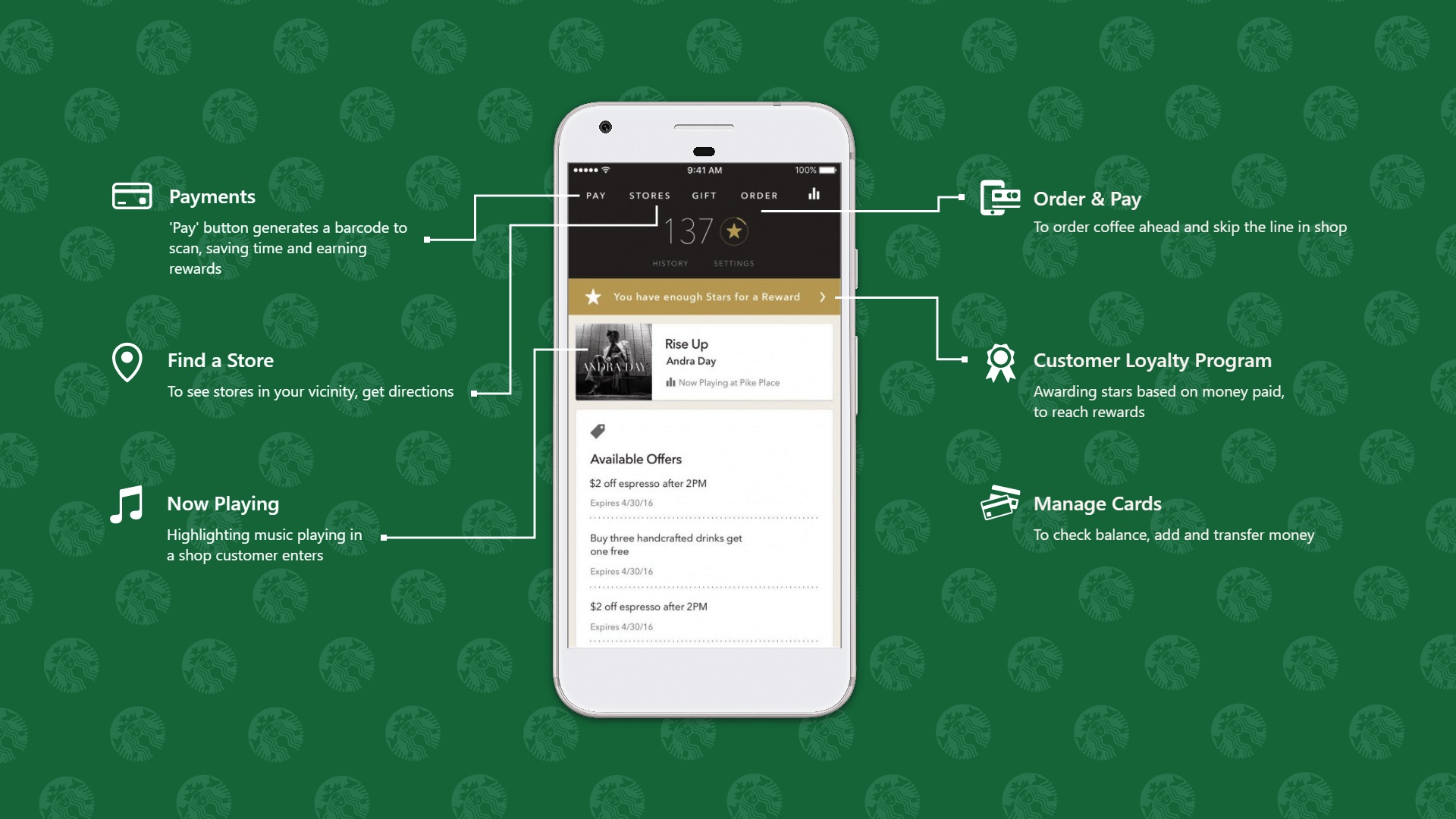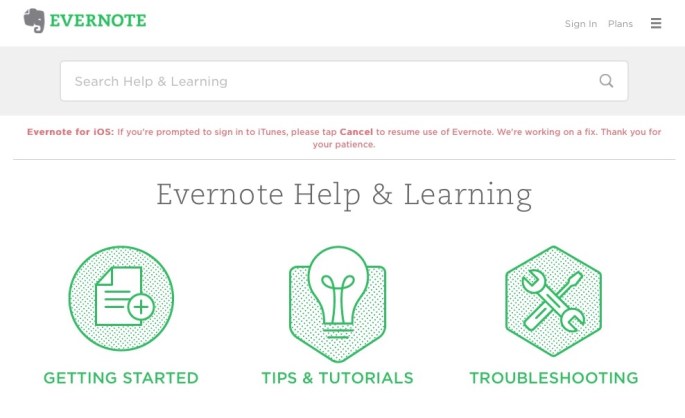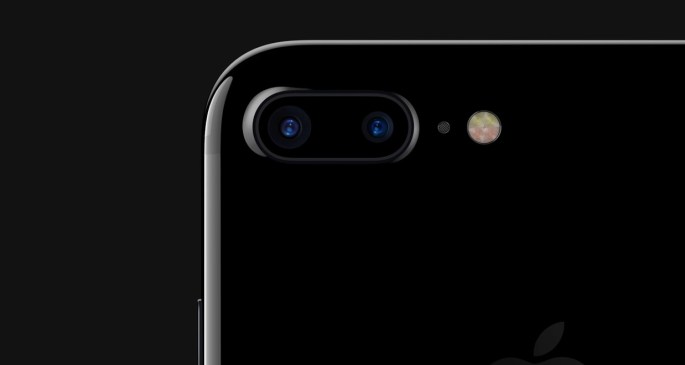Here’s a great way to stay focused, distraction-free, and be productive all day when you have big projects that require creativity and concentration.
In addition to using Driving Mode while driving, you can use it anytime you want to focus and automatically notify people that you’re not available. This and some other suggestions below can help you stay focused.
These tips assume you are using an iPhone, but similar features should be available on phones with Android.
- GREETING. Set an outgoing message to let people know you’ll be unavailable, and perhaps indicate when you might get back to them.
- DRIVE MODE. Set your phone to Driving Mode and enable an automatic reply for text messages to let people know you’re unavailable.
- CONTROL CENTER. On an iPhone you can go to Settings > Control Center > and add an icon for Do Not Disturb While Driving. Then you’ll have easy access to enable Drive Mode.
- ACTIVATION MODE. Then, go to Settings > Do Not Disturb > to set the Activation to Manually. This allows you to turn on Driving mode any time.
- AUTO REPLY. Then set the Auto-Reply text message, such as “I’m unable to respond at the moment. I’m either driving, in a meeting, or you’ve reached me after hours. I’ll try to get back to you as soon as possible. Thanks!”
- ALLOW FROM. In the Do Not Disturb settings you’ll see an option to Allow Calls From certain callers so you won’t miss an emergency call. Or, for repeated calls from the same person within three minutes.
- MUTE. Mute sound effects on your phone. This will silence notifications and other distractions. The Drive Mode should already have enabled the Do Not Disturb mode.
- WATCH. On your smartwatch enable Do Not Disturb, Theater Mode, and Silent Mode. Place your smartwatch with the screen away from you to avoid distractions from on-screen notifications.
Special Considerations
While in Drive Mode your smartphone will usually prevent any interaction, since most cars provide an on-screen display for answering phone calls and using map navigation. The phone itself will not be usable, so if your work requires use of the phone these tips won’t work.
You could consider having a secondary phone, either on a phone plan or without a phone plan using WiFi only, to continue with iOS or Android tasks and not be interrupted by calls or text messages.


















